CONCEPT
CONCEPT
OUR VISION
Safe Drones,
Safe World
Safe World
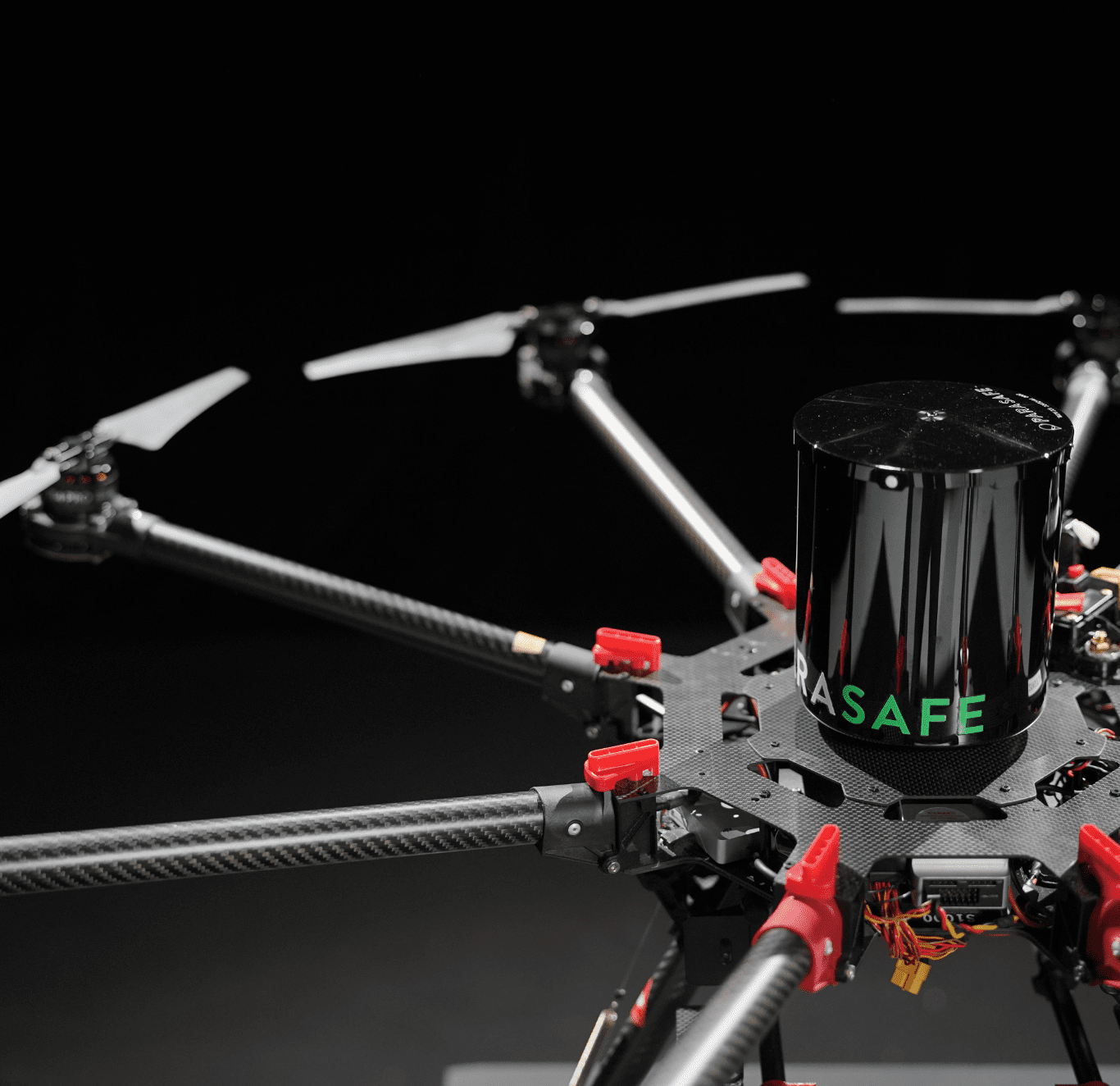
OUR CHALLENGE

Toward a future to be transformed by drones
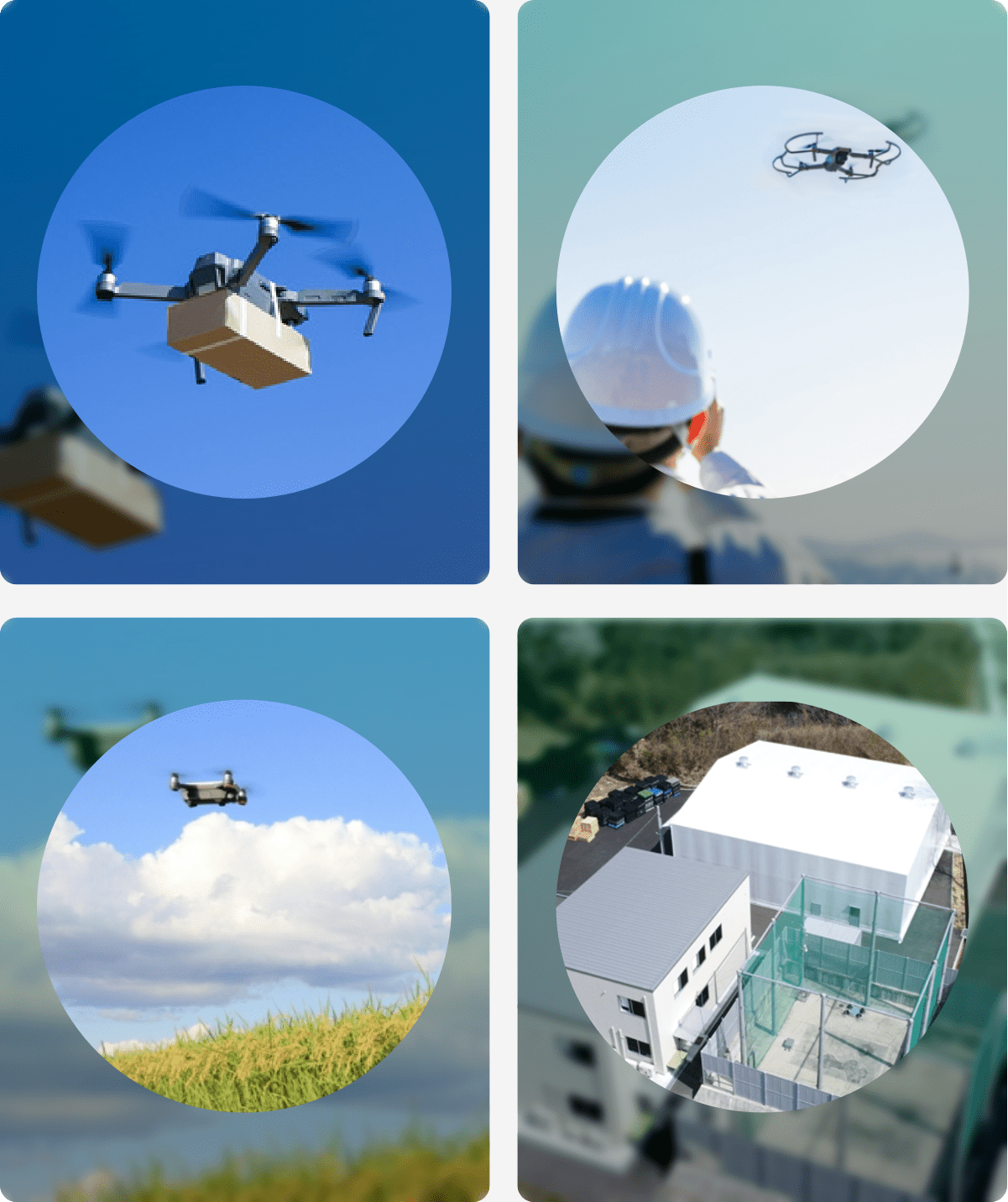

We see the world changing as drones become more widespread.
We have witnessed the rapid spread of unmanned aerial vehicles, or drones recently. Various applications have been proposed, ranging from photography to pesticide spraying, infrastructure inspections, and logistics, and their effectiveness has been recognized through proof-of-concepts. We are convinced that the existence of drones will revolutionize people's living and social life.

We open up the infinite possibilities of drones in terms of safety.
Nippon Kayaku aims to contribute to the social use of drones in terms of safety. Drone technology is advancing day by day, and its safety is increasing. Still, we continue to provide safety devices, including parachutes, based on the belief that further assurance of safety and security is necessary for drones to play more active roles in people's social life.

We apply the safety technology with explosives that we have developed in the automotive parts business.
Nippon Kayaku, a global supplier of gas generators used in automobile airbags and the explosives used in them, has applied the same technology to PARASAFE. We provide the best possible products through safe handling of explosives, pyrotechnic design technology to enhance the effectiveness of parachutes, and reliability technology to ensure reliable performance in any usage scenario.


To realize the social implementation of drones
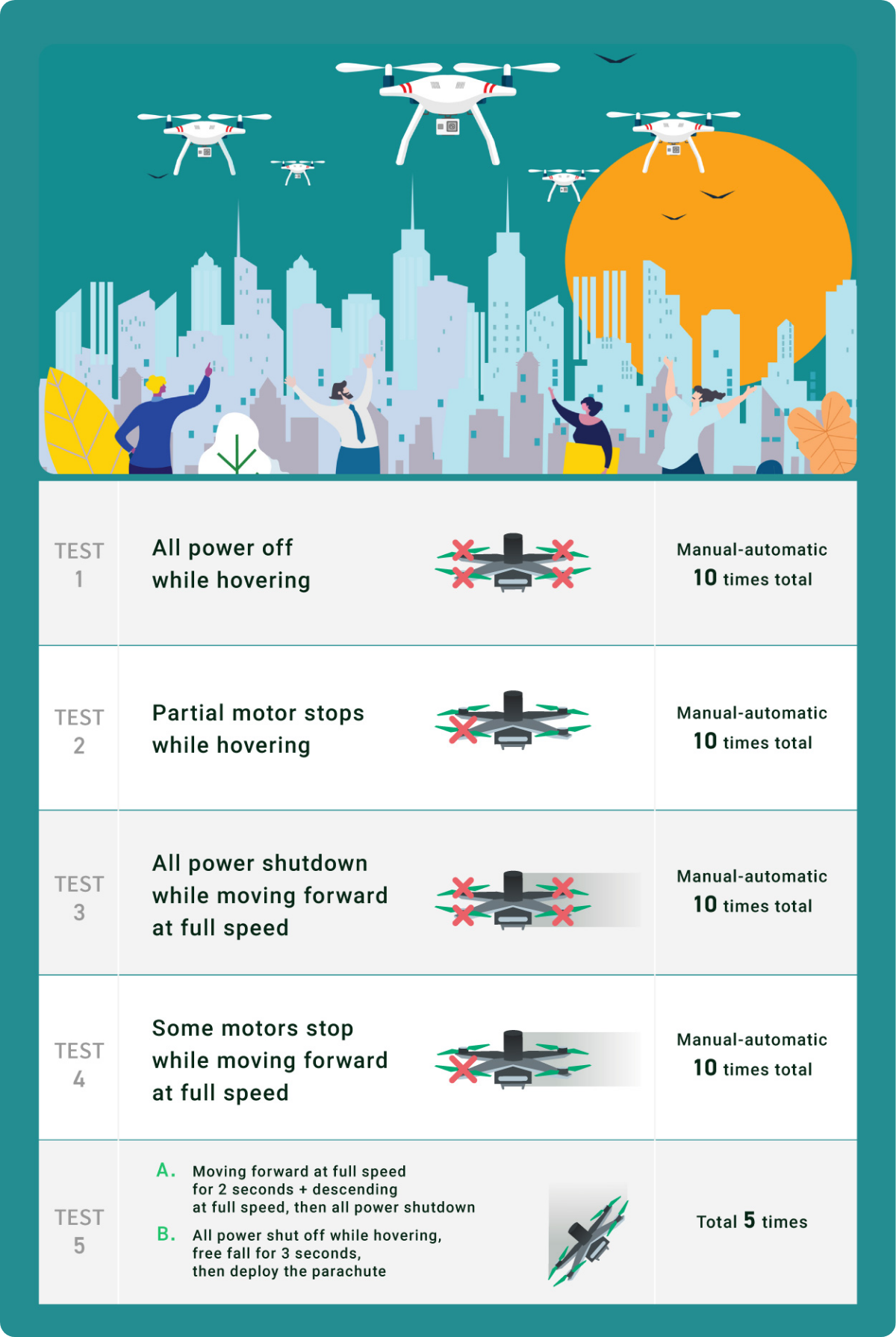

We respond quickly to enable flight at Level 4.
The use of drones will be further promoted by the realization of Level 4 flight, which is defined as "beyond visual line of sight, populated areas."
At the same time, however, the realization of this goal requires strict safety design and operational management, including aircraft certification, where reliability and safety of the aircraft are to be verified. With PARASAFE, we aim to supply products that are compliant with such aircraft certification.
At the same time, however, the realization of this goal requires strict safety design and operational management, including aircraft certification, where reliability and safety of the aircraft are to be verified. With PARASAFE, we aim to supply products that are compliant with such aircraft certification.

Compliance with ASTM Standards
One of the ASTM standards is F3322-18, which specifies design and manufacturing requirements for small unmanned aircraft parachutes. The Federal Aviation Administration (FAA) has approved parachute-equipped aircraft that meet this standard to fly over the third party airspace. We also supply PARASAFE products that comply with this standard.

Toward achieving higher reliability
By evaluating PARASAFE through numerous validation tests and proof-of-concepts, we aim to perfect its reliable design, manufacturing and usage. PARASAFE helps protect the drone's airframe, its payload, the lives of people as well as the environment in the flight area, thereby promoting the use of drones in society.


New technologies/services through the application of key technologies

"ATS (Autonomous Triggering System)"
ATS automatically detects abnormalities in drone flight using onboard sensors.
It processes information from multiple sensors to detect flight anomalies in various cases, such as loss of drone thrust, abnormal tilt control, and dangerous descent speeds.
The system is equipped with functions to set thresholds for anomaly detection and save sensor waveforms on a PC, realizing optimal detection of anomalies for drone flight performance.
It processes information from multiple sensors to detect flight anomalies in various cases, such as loss of drone thrust, abnormal tilt control, and dangerous descent speeds.
The system is equipped with functions to set thresholds for anomaly detection and save sensor waveforms on a PC, realizing optimal detection of anomalies for drone flight performance.
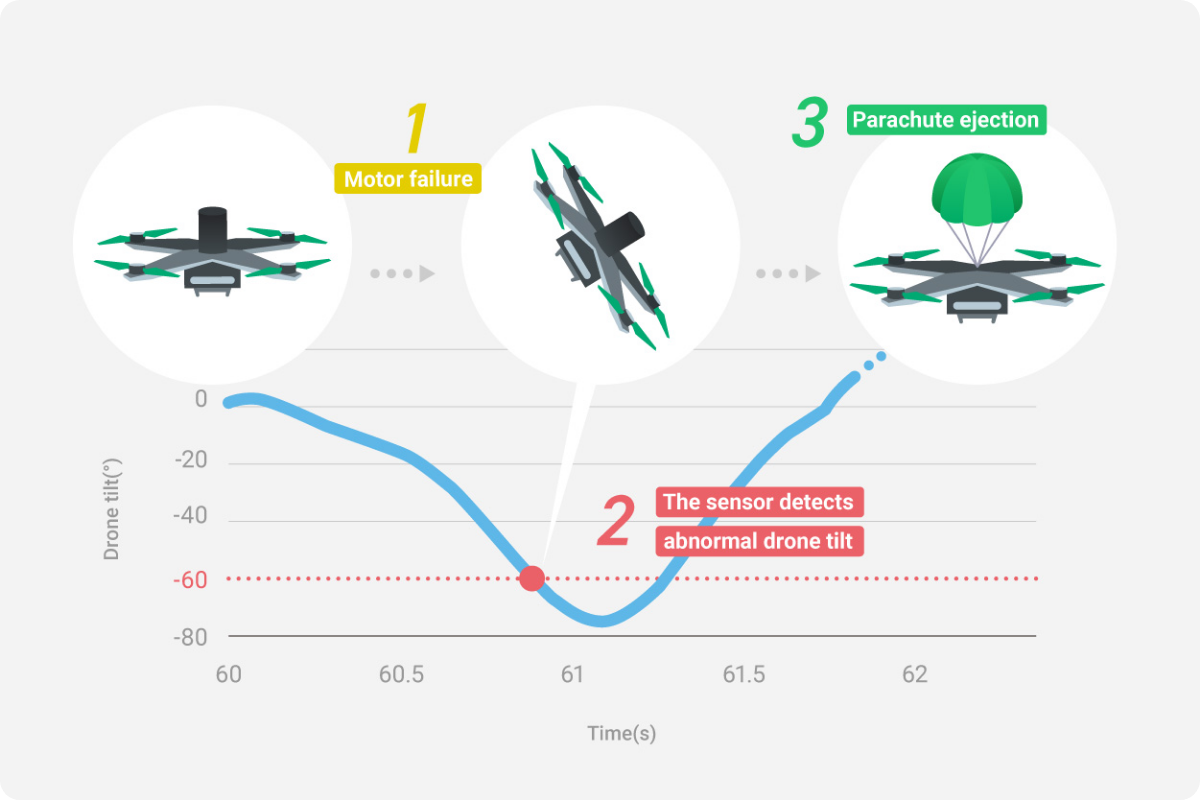
ATS automatically detects abnormalities in drone flight using onboard sensors.
It processes information from multiple sensors to detect flight anomalies in various cases, such as loss of drone thrust, abnormal tilt control, and dangerous descent speeds.
The system is equipped with functions to set thresholds for anomaly detection and save sensor waveforms on a PC, realizing optimal detection of anomalies for drone flight performance.
It processes information from multiple sensors to detect flight anomalies in various cases, such as loss of drone thrust, abnormal tilt control, and dangerous descent speeds.
The system is equipped with functions to set thresholds for anomaly detection and save sensor waveforms on a PC, realizing optimal detection of anomalies for drone flight performance.

"Emergency Parachute System for Flying Cars"
We are developing a parachute for a means of air transportation we call a flying car. Our goal is to develop a product that can safely land in the unexpected event of an inability to fly through parachute descent deceleration and gliding attitude control.
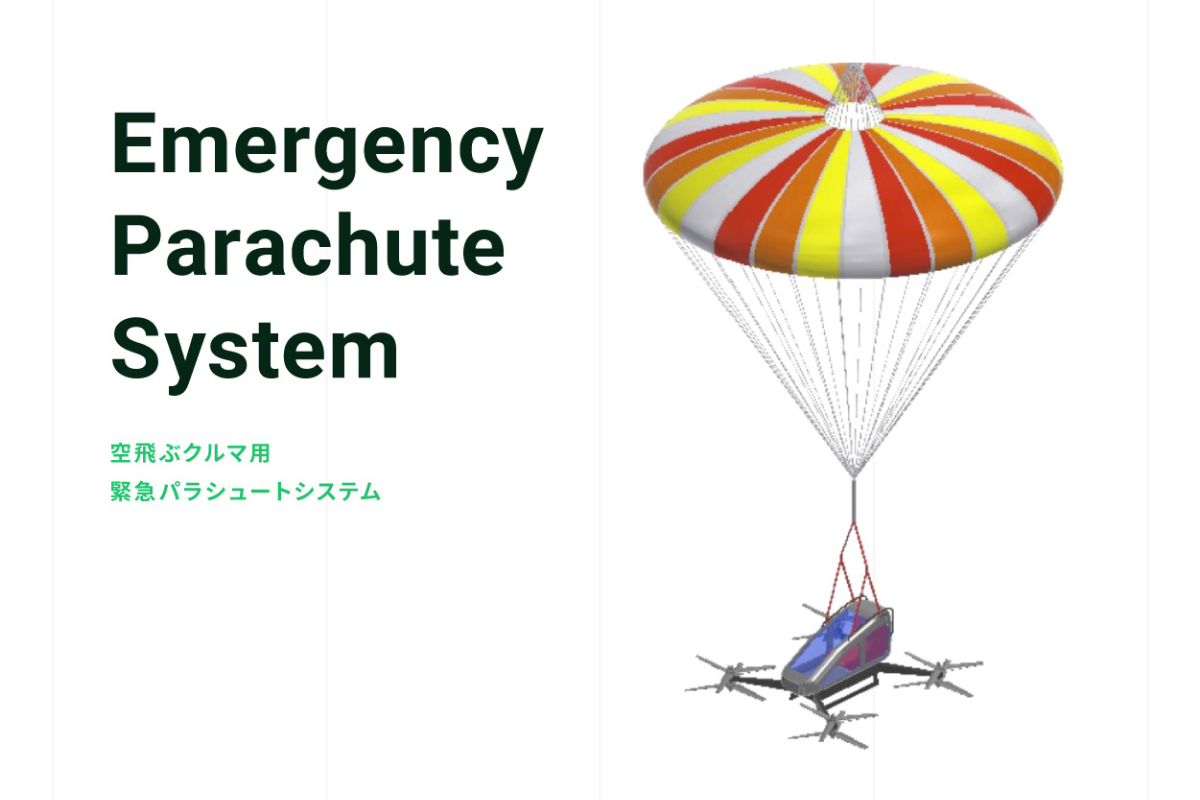
We are developing a parachute for a means of air transportation we call a flying car. Our goal is to develop a product that can safely land in the unexpected event of an inability to fly through parachute descent deceleration and gliding attitude control.

"Airbag system"
We are developing an airbag that would cover the underside of the drone. Combined with a parachute, it will prevent the projection of the aircraft from hitting people or objects in the case of a fall and will also significantly reduce impact.
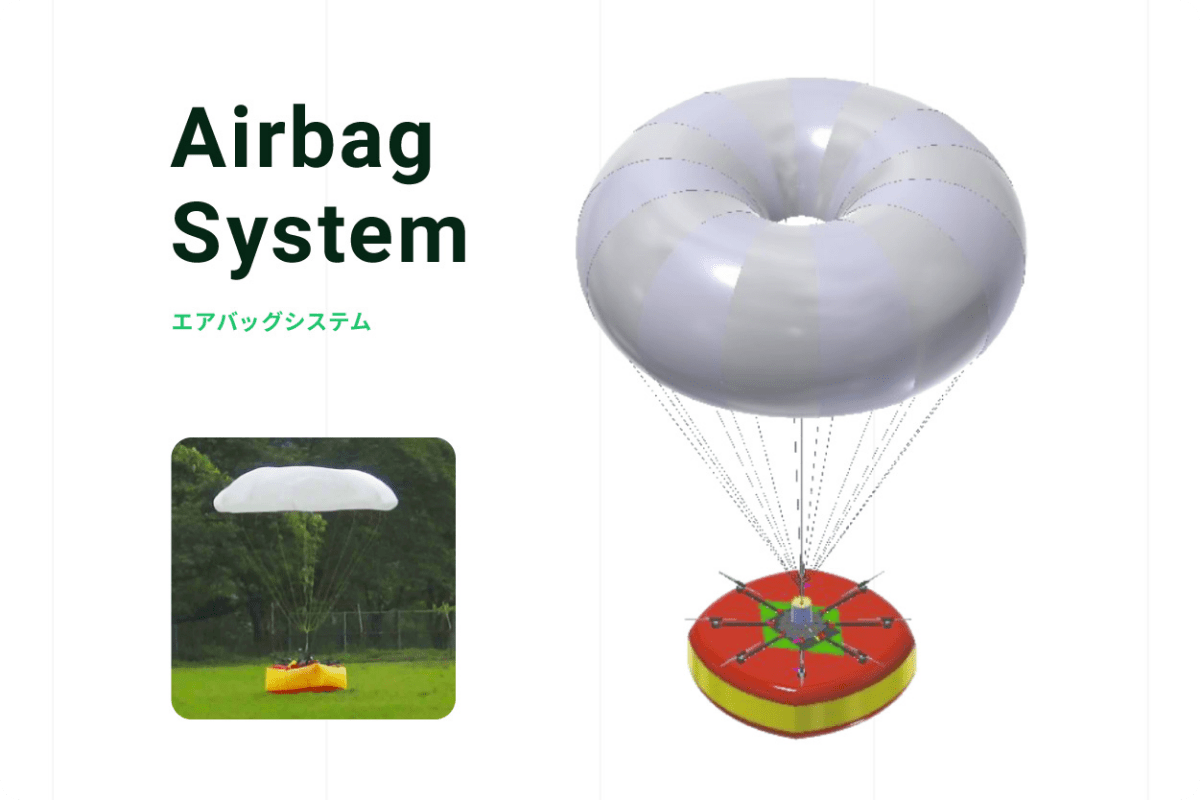
We are developing an airbag that would cover the underside of the drone. Combined with a parachute, it will prevent the projection of the aircraft from hitting people or objects in the case of a fall and will also significantly reduce impact.
